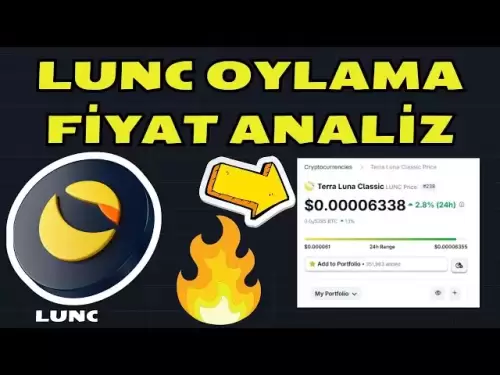-
 Bitcoin
Bitcoin $118000
0.67% -
 Ethereum
Ethereum $3750
0.71% -
 XRP
XRP $3.183
1.61% -
 Tether USDt
Tether USDt $1.000
-0.01% -
 BNB
BNB $788.1
1.21% -
 Solana
Solana $186.0
0.85% -
 USDC
USDC $0.9999
-0.02% -
 Dogecoin
Dogecoin $0.2373
1.25% -
 TRON
TRON $0.3204
1.76% -
 Cardano
Cardano $0.8266
1.85% -
 Hyperliquid
Hyperliquid $44.04
1.28% -
 Sui
Sui $4.192
5.88% -
 Stellar
Stellar $0.4399
2.63% -
 Chainlink
Chainlink $18.40
1.19% -
 Hedera
Hedera $0.2842
9.06% -
 Bitcoin Cash
Bitcoin Cash $560.5
2.46% -
 Avalanche
Avalanche $24.99
4.58% -
 Litecoin
Litecoin $114.5
1.25% -
 UNUS SED LEO
UNUS SED LEO $8.980
-0.03% -
 Shiba Inu
Shiba Inu $0.00001406
0.53% -
 Toncoin
Toncoin $3.306
4.27% -
 Ethena USDe
Ethena USDe $1.001
0.03% -
 Polkadot
Polkadot $4.169
2.37% -
 Uniswap
Uniswap $10.56
1.95% -
 Monero
Monero $322.8
1.06% -
 Dai
Dai $0.0000
0.00% -
 Bitget Token
Bitget Token $4.545
0.12% -
 Pepe
Pepe $0.00001261
1.29% -
 Aave
Aave $296.5
1.27% -
 Cronos
Cronos $0.1379
5.90%
How to add Avalanche network in MetaMask?
Adding Avalanche to MetaMask is easy via its built-in feature, but manual RPC URL input is needed for subnets. Verify all details from trusted sources to avoid connection issues and security risks.
Mar 07, 2025 at 12:12 am
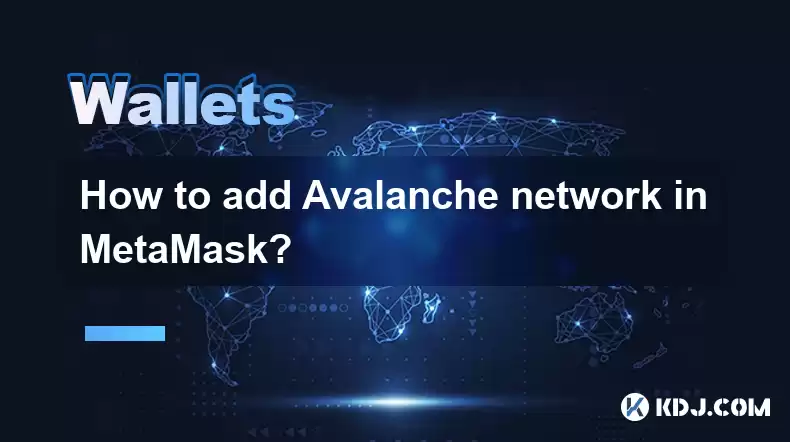
Key Points:
- MetaMask's built-in network addition is straightforward for Avalanche.
- Manual RPC URL input is required for specific Avalanche subnets.
- Understanding network IDs and RPC URLs is crucial for successful connection.
- Security best practices, like verifying URLs, are paramount.
- Troubleshooting common connection issues involves checking network settings and MetaMask's status.
How to Add Avalanche Network in MetaMask
Adding the Avalanche network to your MetaMask wallet is a crucial step for interacting with Avalanche-based decentralized applications (dApps) and managing AVAX tokens. This process involves adding the necessary network parameters to your MetaMask configuration. There are two main methods: using MetaMask's built-in network addition feature or manually entering the RPC details.
The easiest method leverages MetaMask's built-in network addition feature. This usually involves selecting "Add Network" within your MetaMask settings, then selecting "Avalanche Mainnet" from a pre-populated list. MetaMask will automatically populate the required fields (Network Name, New RPC URL, Chain ID, Currency Symbol, Block Explorer URL). Double check all information before saving. This method is convenient and generally reliable.
However, for certain Avalanche subnets (like Avalanche C-Chain, X-Chain, and P-Chain), you might need to manually add the network details. Each subnet has its unique RPC URL, Chain ID, and other parameters. Incorrect details will prevent your wallet from connecting to the chosen subnet. Therefore, finding accurate and up-to-date information from trusted sources is essential.
To manually add the Avalanche network, follow these steps:
- Access Network Settings: Open your MetaMask wallet and click on the network selector. Usually, this is a button that displays the currently selected network (e.g., Ethereum Mainnet).
- Add Network: Choose the "Add Network" option. This will open a form where you need to input the Avalanche network parameters.
Input Network Details: You'll need the following information for the selected Avalanche subnet:
- Network Name: (e.g., Avalanche C-Chain, Avalanche X-Chain)
- New RPC URL: The specific RPC URL for the chosen subnet. Always verify this from a reliable source.
- Chain ID: The unique identifier for the subnet.
- Currency Symbol: The token symbol used on the subnet (usually AVAX).
- Block Explorer URL: The URL for the blockchain explorer associated with the subnet.
- Save Changes: After correctly inputting all the details, click "Save". Your MetaMask wallet will now be connected to the chosen Avalanche subnet.
Always double-check the RPC URL you use. Incorrect RPC URLs can lead to connection errors or even security vulnerabilities. Ensure you obtain this information from official Avalanche documentation or trusted community sources. Using an outdated or incorrect RPC URL can prevent your wallet from connecting or could expose you to potential scams.
Troubleshooting Connection Issues
If you encounter problems connecting to the Avalanche network, here are some troubleshooting steps:
- Verify Network Parameters: Double-check all the network parameters you entered, ensuring accuracy. A single incorrect character can prevent connection.
- Check MetaMask Status: Ensure MetaMask is functioning correctly. Check for any reported outages or issues on the MetaMask website or social media.
- Restart MetaMask: Sometimes, a simple restart of the MetaMask extension can resolve temporary glitches.
- Check Your Internet Connection: A stable internet connection is necessary for connecting to the Avalanche network.
- Consult Avalanche Documentation: The official Avalanche documentation provides comprehensive instructions and troubleshooting guidance.
Security Considerations
Always prioritize security when interacting with your cryptocurrency wallet and various networks. Only use official and verified resources when obtaining network parameters. Be wary of phishing attempts or malicious websites that may provide incorrect or harmful information.
Frequently Asked Questions:
Q: What is the difference between Avalanche C-Chain, X-Chain, and P-Chain?
A: Avalanche has multiple subnets. The C-Chain is compatible with EVM (Ethereum Virtual Machine), allowing for Ethereum-like smart contract deployment. The X-Chain handles the transfer of AVAX tokens and the creation of new assets. The P-Chain facilitates the creation and management of subnets.
Q: Can I use the same RPC URL for all Avalanche subnets?
A: No, each Avalanche subnet (C-Chain, X-Chain, P-Chain, etc.) requires a unique RPC URL. Using the wrong URL will prevent your wallet from connecting.
Q: What if I accidentally enter incorrect network parameters?
A: You can remove the incorrectly added network from MetaMask's network settings and try again with the correct parameters. This is typically done through a "Remove Network" or similar option within the network settings.
Q: Where can I find reliable RPC URLs for Avalanche subnets?
A: The most reliable source for Avalanche RPC URLs is the official Avalanche documentation. Avoid using URLs from untrusted sources.
Q: Is it safe to add custom networks to MetaMask?
A: Adding custom networks is generally safe as long as you obtain the necessary parameters from trusted sources and double-check their accuracy. Be wary of phishing attempts or malicious websites that might provide incorrect or malicious information.
Disclaimer:info@kdj.com
The information provided is not trading advice. kdj.com does not assume any responsibility for any investments made based on the information provided in this article. Cryptocurrencies are highly volatile and it is highly recommended that you invest with caution after thorough research!
If you believe that the content used on this website infringes your copyright, please contact us immediately (info@kdj.com) and we will delete it promptly.
- Bitcoin Targets New All-Time Highs: Trader's Bullish $127,000 Target
- 2025-07-27 04:50:12
- Bitcoin Price Dip? Smart Investors Buy Crypto Presales Now!
- 2025-07-27 04:30:12
- Pepe Price, Meme Coins, and Investments: What's the Hype?
- 2025-07-27 05:30:13
- XRP & Ripplecoin Cloud Mining: A New Era of Earning or Just Hot Air?
- 2025-07-27 05:30:14
- Little Pepe's ETH Presale: Is This Meme Coin the Real Deal?
- 2025-07-27 06:10:12
- Bitcoin, Central Banks, and Gold Reserves: A New World Order?
- 2025-07-27 06:10:12
Related knowledge
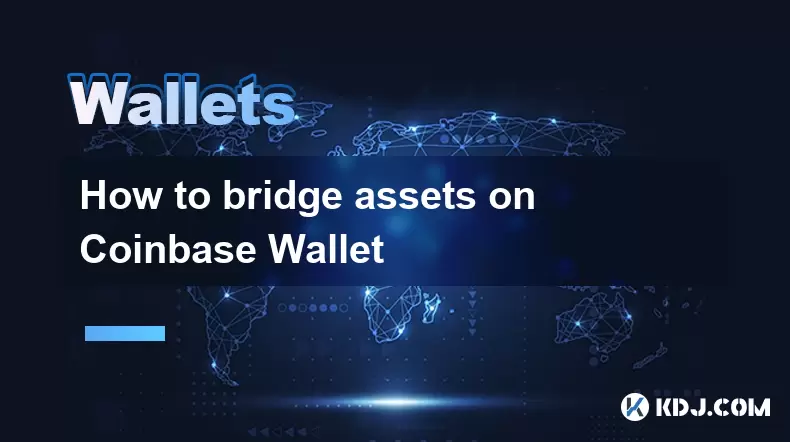
How to bridge assets on Coinbase Wallet
Jul 27,2025 at 01:14am
What Is Asset Bridging in the Context of Coinbase Wallet?Bridging assets refers to the process of transferring tokens from one blockchain network to a...
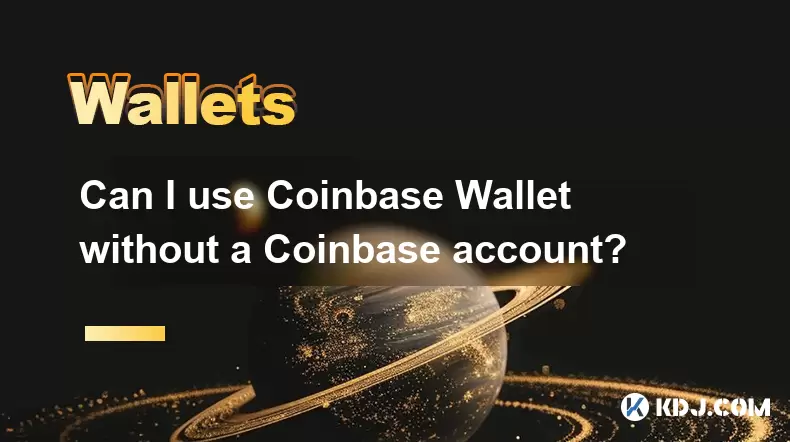
Can I use Coinbase Wallet without a Coinbase account?
Jul 18,2025 at 04:35am
What is Coinbase Wallet?Coinbase Wallet is a self-custodial wallet that allows users to store, send, and receive various cryptocurrencies directly on ...
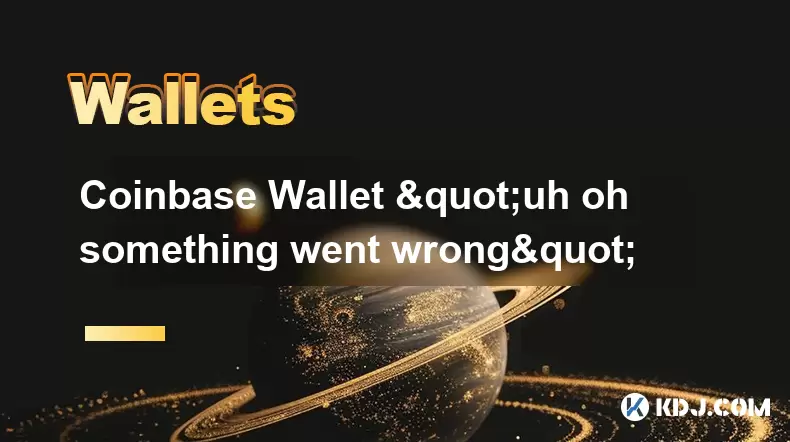
Coinbase Wallet "uh oh something went wrong"
Jul 20,2025 at 10:00am
Understanding the Coinbase Wallet Error: 'Uh Oh, Something Went Wrong'If you're a Coinbase Wallet user, encountering the error message 'Uh Oh, Somethi...
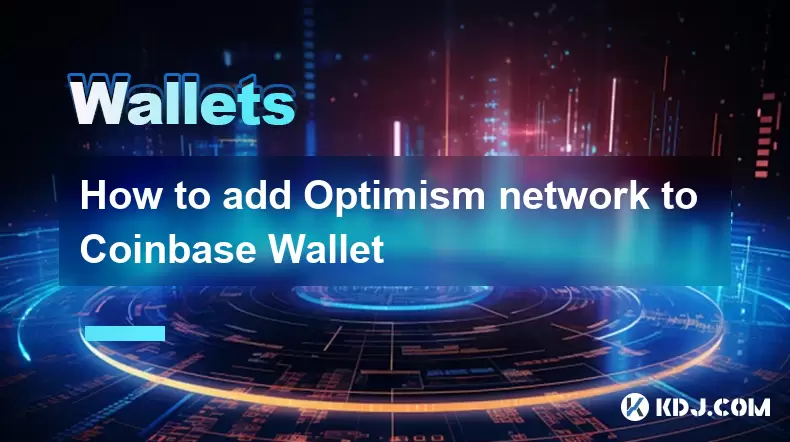
How to add Optimism network to Coinbase Wallet
Jul 20,2025 at 05:21am
What is the Optimism Network?The Optimism network is a Layer 2 scaling solution built on top of the Ethereum blockchain. It aims to enhance transactio...
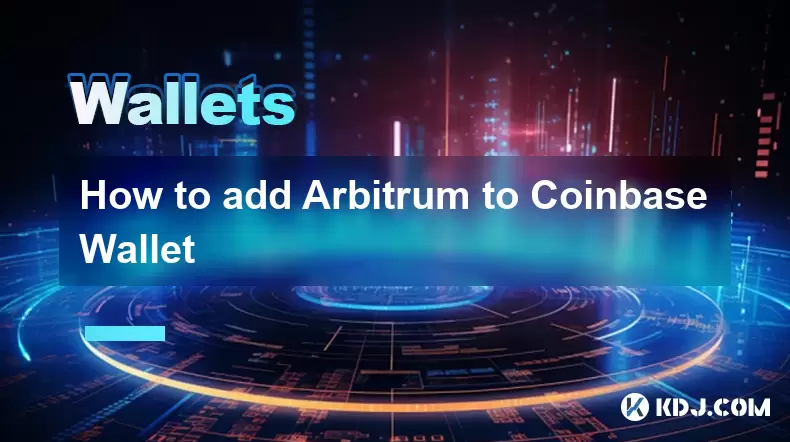
How to add Arbitrum to Coinbase Wallet
Jul 18,2025 at 03:00pm
Understanding Arbitrum and Its Integration with Coinbase WalletArbitrum is a layer-2 scaling solution developed by Offchain Labs to enhance the speed ...
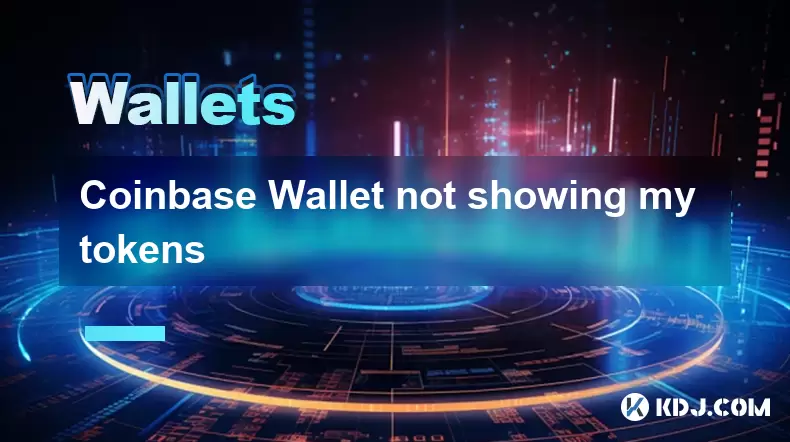
Coinbase Wallet not showing my tokens
Jul 18,2025 at 09:49am
Understanding Coinbase Wallet Token Display IssuesIf you're experiencing issues where Coinbase Wallet not showing my tokens, it can be frustrating, es...

How to bridge assets on Coinbase Wallet
Jul 27,2025 at 01:14am
What Is Asset Bridging in the Context of Coinbase Wallet?Bridging assets refers to the process of transferring tokens from one blockchain network to a...

Can I use Coinbase Wallet without a Coinbase account?
Jul 18,2025 at 04:35am
What is Coinbase Wallet?Coinbase Wallet is a self-custodial wallet that allows users to store, send, and receive various cryptocurrencies directly on ...

Coinbase Wallet "uh oh something went wrong"
Jul 20,2025 at 10:00am
Understanding the Coinbase Wallet Error: 'Uh Oh, Something Went Wrong'If you're a Coinbase Wallet user, encountering the error message 'Uh Oh, Somethi...

How to add Optimism network to Coinbase Wallet
Jul 20,2025 at 05:21am
What is the Optimism Network?The Optimism network is a Layer 2 scaling solution built on top of the Ethereum blockchain. It aims to enhance transactio...

How to add Arbitrum to Coinbase Wallet
Jul 18,2025 at 03:00pm
Understanding Arbitrum and Its Integration with Coinbase WalletArbitrum is a layer-2 scaling solution developed by Offchain Labs to enhance the speed ...

Coinbase Wallet not showing my tokens
Jul 18,2025 at 09:49am
Understanding Coinbase Wallet Token Display IssuesIf you're experiencing issues where Coinbase Wallet not showing my tokens, it can be frustrating, es...
See all articles























